Hebrew Masoretic Text with Andersen-Forbes Morphology and Syntax Database
Requires Accordance 13.2 or above.
Note: The Syntax Data portion of this product (MT-AFD.syntax) is not supported in Accordance Lite. The Mobile Accordance app has very limited support at present for the syntax modules.
This unique Hebrew database is the result of over 50 years of continued development and over one year of effort just to be integrated into the Accordance Bible Software Library.
The Andersen-Forbes database contains advanced morphology and syntax for each word in the Hebrew Bible, based upon the research of Francis I. Andersen and A. Dean Forbes for the last 50 years. This database contains many special features such as word semantic tagging and detailed analysis of the grammatical and linguistic structure of the Hebrew Bible.
In the video demo of this unique resource below, you will quickly discover that the Andersen-Forbes database is the most detailed and precise syntax of its kind, and in Accordance is the most advanced implementation of this data on any Bible software platform.
This resource contains the following accessory files:
- Morphological HMT Text (MT-AFD)
- Syntax Data (MT-AFD.syntax)
- Gloss Definitions for Each Word (MT-AFD Glosses)
- Glossary of Special Terminology (MT-AFD Glossary)
For even more information, see this release announcement.
You may also be interested in the Andersen-Forbes Grammar.
We now have two videos offering overviews of the Andersen-Forbes database.
In the the video below, Dean Forbes, the co-creator of the Andersen-Forbes Hebrew Database describes the philosophy and methodology behind this sophisticated tool for research on the Hebrew Bible.
In the second video, Dr. Roy Brown, the founder of Accordance Bible Software, offers an overview of how the Andersen-Forbes database functions in Accordance.
Product Details
- Authors: A. Dean Forbes, Francis I. Andersen
- Publisher: Biblical Hebrew Resources
- Bible Book: Old Testament
- Categories: Hebrew Bibles
- Min Acc Version: 13.2
Included Modules
The following modules and groups are included when you purchase this package.
| Category | Code | Title | Price |
|---|---|---|---|
| Accessory Modules | MT-AFD Glossary | MT-AFD Glossary | N/A |
| Accessory Modules | MT-AFD Glosses | MT-AFD Glosses | N/A |
| Accessory Modules | MT-AFD.syntax | MT-AFD.syntax | N/A |


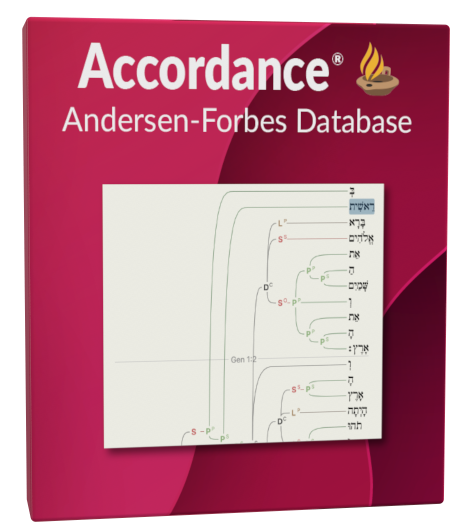
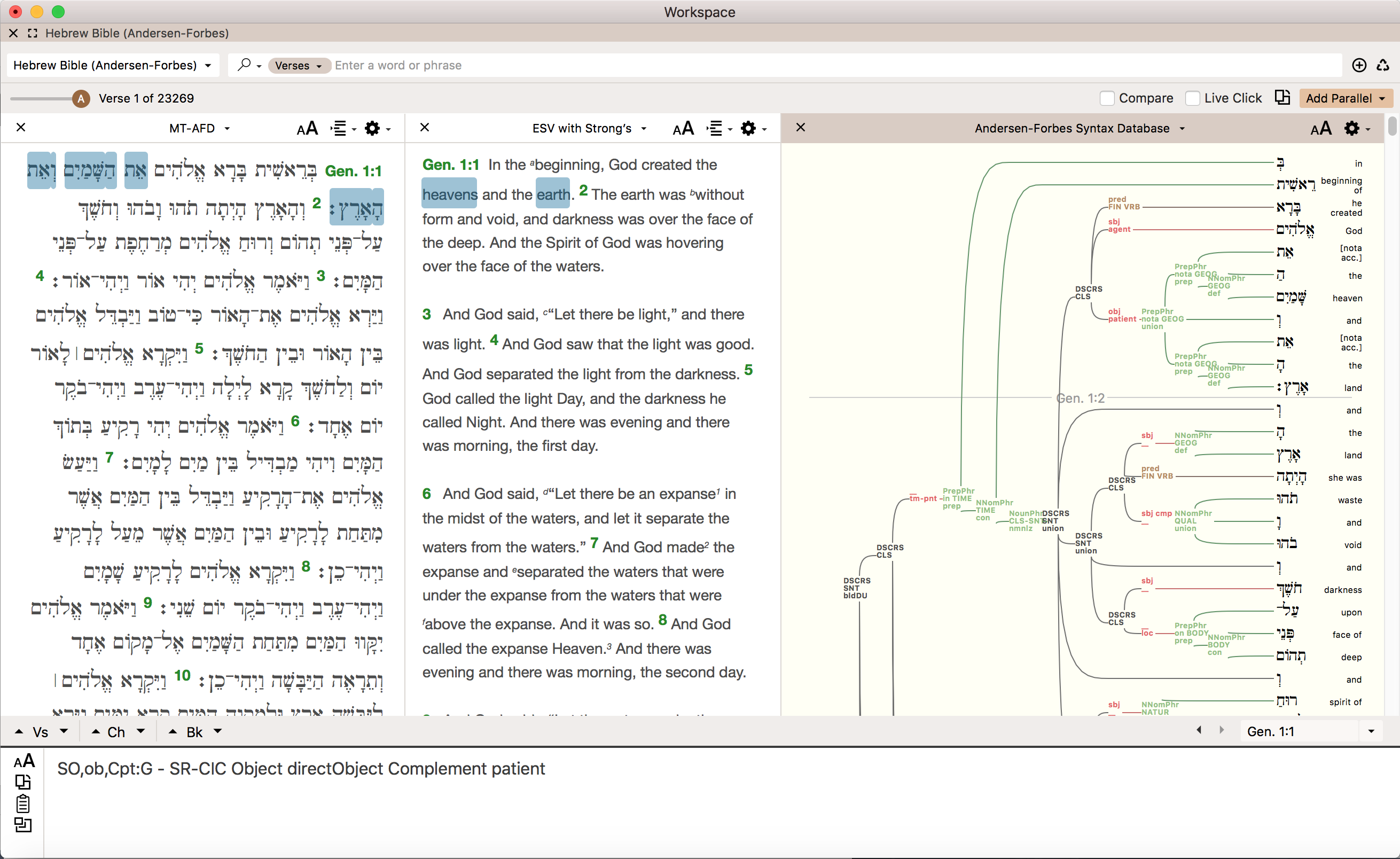
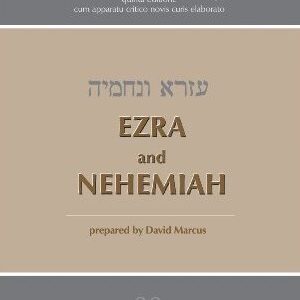

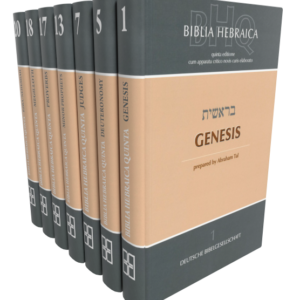
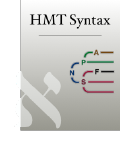
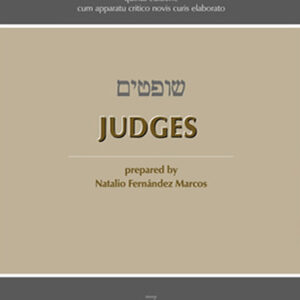
(verified owner) Benjamin Noonan
This is an important resource for the linguistic analysis of the Hebrew Bible. Its greatest strength is its detailed tagging, which includes much more information than either the Grammatical Syntax Add-On to HMT-W4 or the Hebrew Masoretic Text with ETCBC Morphology (WIVU). Its primary weakness is that is fairly eclectic, drawing from a variety of linguistic schools of thought and using a lot of non-standard terminology. Still, this is a resource worth having, again because of its detailed tagging.